Weight Watchers Blue Zero Point Foods
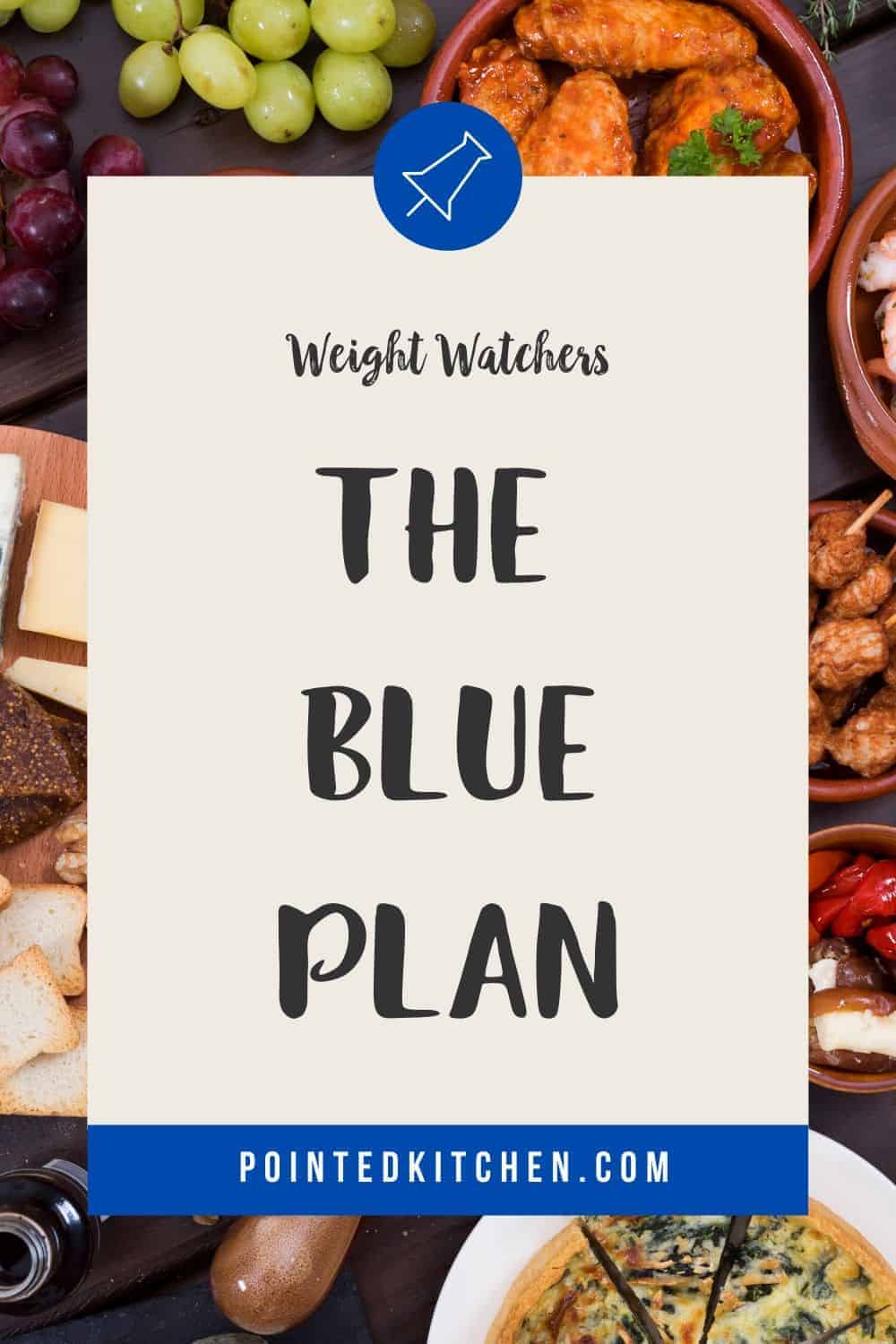
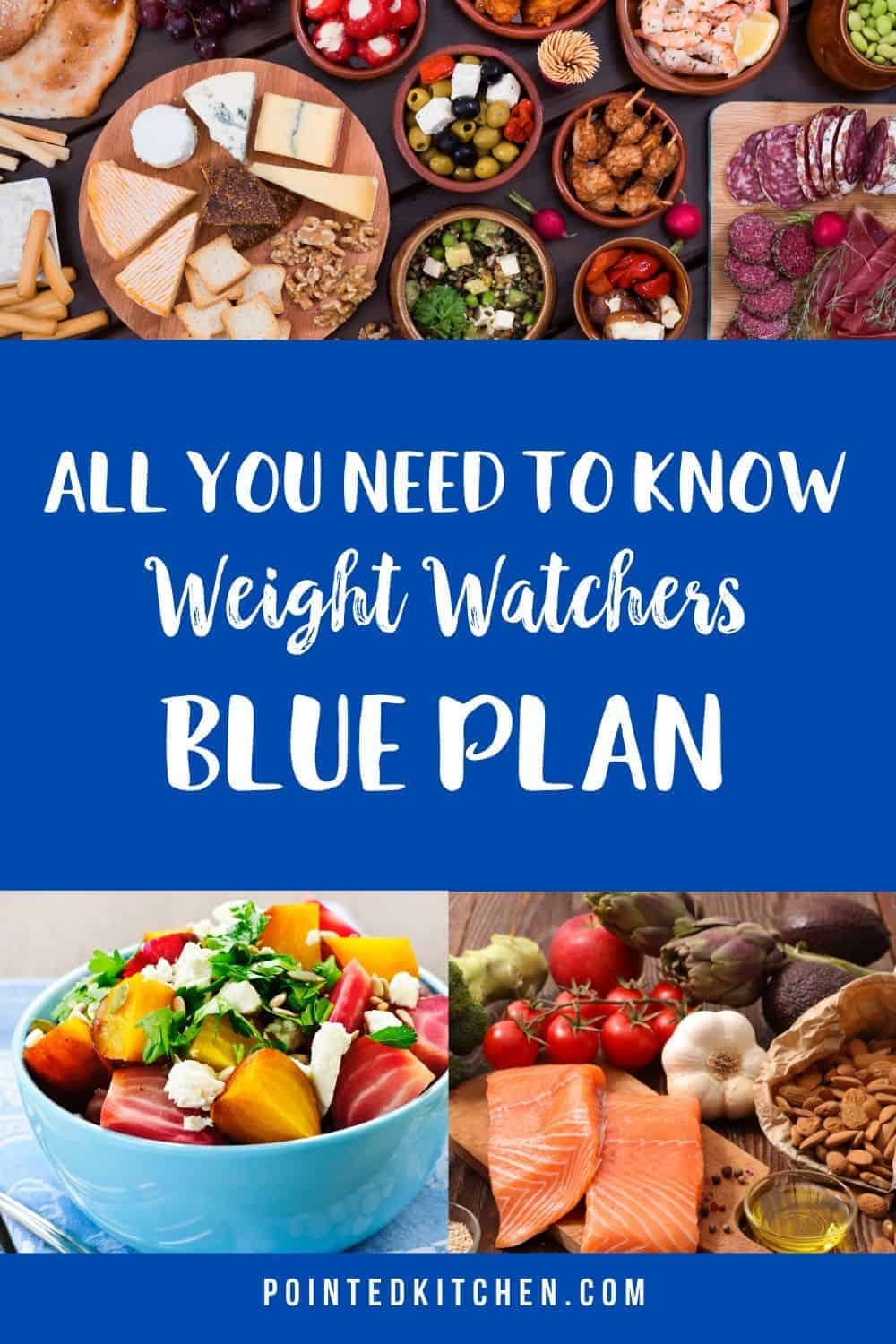
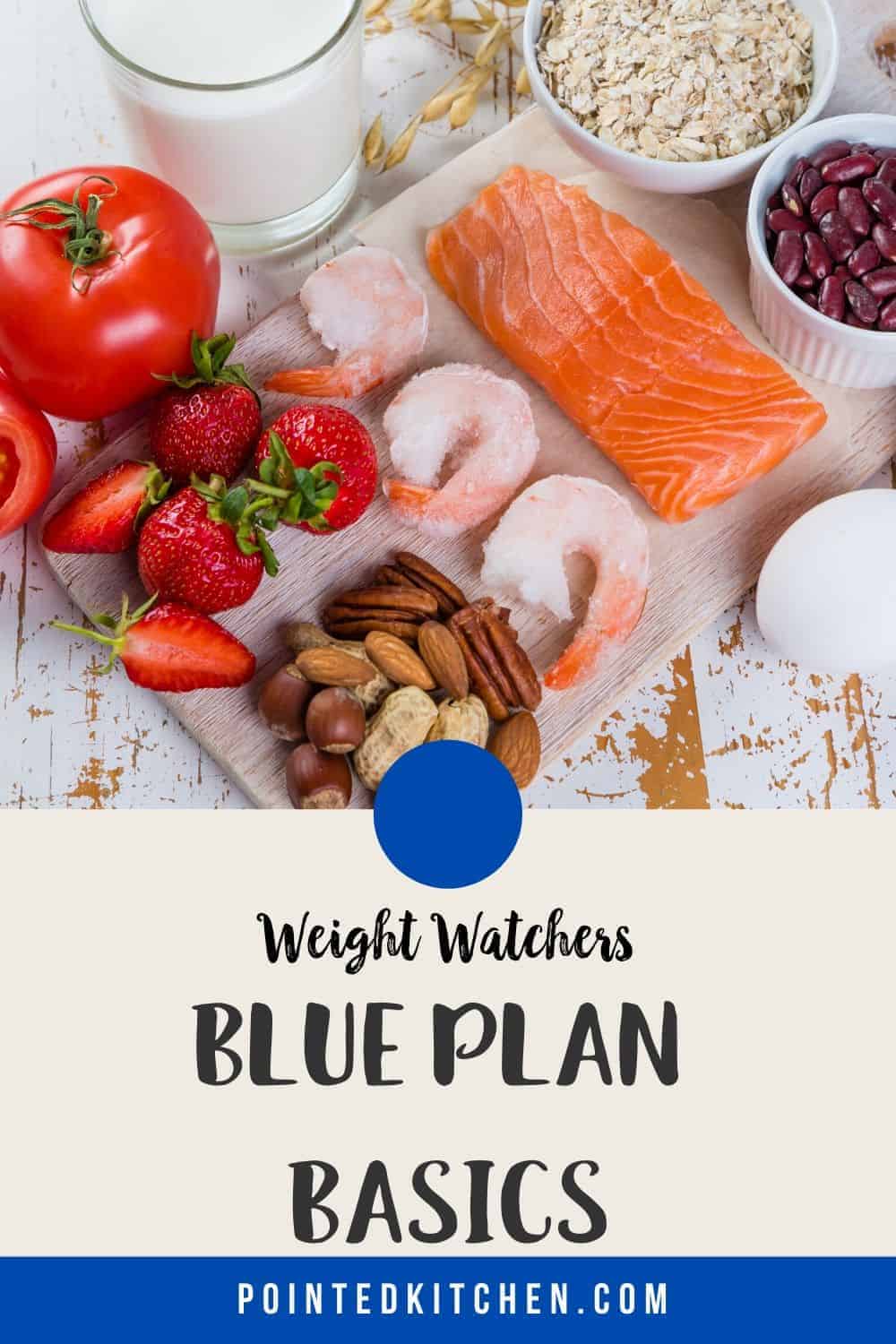
If you have made the decision to start on the Weight Watchers program, congratulations, you won't regret it.
But you may be a bit confused about the different myWW plans and you may be wondering which of the three plans would suit you best.
This article will answer some of the most asked questions about the Weight Watchers Blue plan.
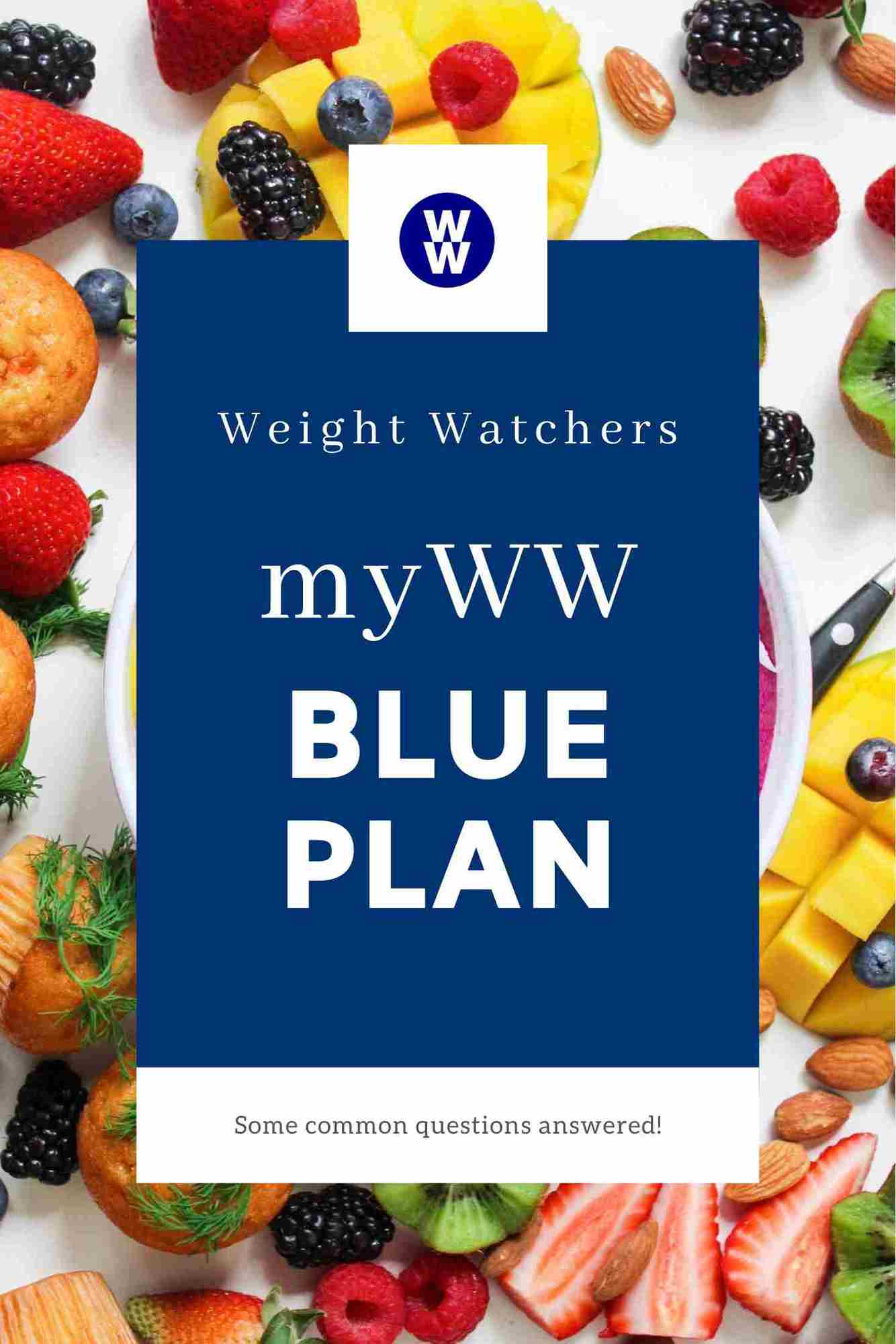
If you are wanting a general guide on all the plans take a look at 'What is the new Weight Watchers plan?' Hopefully that should answer some of the more generic questions about the new myWW plans.
Weight Watchers changed their Freestyle program at the end of 2019. They named their new program, myWW.
The program now includes 3 individual plans all of which are based on the SmartPoint system. For more details on this read on!
You can now choose a plan that gives you a bigger allocation of SmartPoints (to use on any kind of food) and a smaller list of zero point foods to choose from or a plan that gives you a smaller allocation of SmartPoints and a bigger list of zero point foods.
Or you can go for a plan somewhere in the middle!
This change was primarily made as WW began to realise that everyone is different and that these differences lead to people wanting to eat different things and wanting to lose weight in different ways.
We don't all eat the same foods or even like the same foods!
Some people are vegetarian, some are vegan & some are meat eaters. Other people may follow gluten free diets & some may steer away from artificial sweeteners. Some people don't like chicken, or fruit, or vegetables or 'shock horror' plain yogurt! And some like to eat processed foods whereas some others hate to.
You see what I mean .... we are all different!
And the old WW plans may have been a bit restrictive.
If you were a chicken eating, plain yogurt loving person with a love of all things beans then you benefited greatly from the old Freestyle plan. If you weren't, you may have struggled on the plan.
How does the SmartPoint system work.
SmartPoints is a system that Weight Watchers developed to help people easily monitor what they are eating and to nudge them to choosing a healthier & varied way of eating.
Each person joining WW is given an allocation of SmartPoints that they can use each day. This allocation of SmartPoints is worked out on their weight, sex, height etc.
Your SmartPoint allocation can then be spent on any foods that you like.
Each food has a SmartPoint value that is worked out by calculating its calories, protein content, saturated fat content and sugar content.
Foods with higher saturated fat and sugar content will be higher in SmartPoints.
Foods low in sugar, low in saturated fat and high in protein will be lower in points.
So, chocolate that is high in saturated fat, high in sugar and low in protein works out at 4 SmartPoints for 0.5oz.
A cooked lean beef steak (3oz) steak which is high in protein, low in saturated fat and sugar works out at 3 SmartPoints.
Which one will fill you up more? WW is nudging you towards choosing a filling medium sized fillet steak over a small piece of chocolate.
However, you may prefer to use your SmartPoint allocation on that 0.5oz portion of chocolate rather than the beef steak and that is totally up to you!
There has been many a time that I have chosen chocolate over a high protein steak!
Just to complicate things a little bit more (but please don't give up, it really is simple once you know how), you are also allocated a weekly SmartPoint allowance and a list of zero point foods that don't need to be 'pointed'.
The weekly SmartPoints ('weeklies') are for you to use any way that you want!
If you want to use them all up in one go (by eating a takeaway pizza on a Saturday night) then that is up to you. Alternatively, you can use them over the week.
Zero point foods do not need to be 'pointed'. In other words they don't need to be taken from your daily or weekly SmartPoint allocation.
Each of the myWW plans has a different list of zero point foods.
So, what is the Blue plan?
I think of the WW Blue plan as the 'middle' plan!
You get a moderate amount of SmartPoints to use on any food that you want and you also get a good long list (200+) of zero point foods that you can use to 'bulk out' your SmartPoints with.
Remember, the amount of SmartPoints that you will be allocated is worked out on a number of things such as your sex, your weight and your height.
And this SmartPoint allocation will be given to you when you join up to Weight Watchers.
As you start to lose weight, your SmartPoint allocation may go down a little (but this depends on the amount of SmartPoints that you are allocated in the beginning).
On the Blue plan, as well as a moderate amount of SmartPoints, you are given a long list of zero point foods that don't need to be pointed.
But isn't that the same as the old Freestyle plan?
Yes! The myWW Blue plan is almost identical to the Freestyle plan that was scrapped in 2019.
However, there have been been a few changes made to the zero Point food list.
For example, smoked salmon is now zero SmartPoints & duck eggs no longer need to be pointed.
If you had been following the Freestyle plan, you can just continue to do so but look for blue plan recipes, tips etc.
How many SmartPoints do I get on the Blue plan?
As I said above, the amount of SmartPoints that you are allocated is calculated on your personal measurements. How much you weigh, how tall you are, your sex and how old you are etc.
Generally speaking on the Blue plan you will not be given any less than 23 SmartPoints per day and you may well be allocated many more.
And of course you will also be provided with a weekly SmartPoint allocation too - around 30 (ish) SmartPoints.
I can't stress how important it is to sign up to WW so that you can receive a correct SmartPoint allocation for yourself.
Don't just think that as your 6 foot tall neighbour, Trevor, gets 40 SmartPoints per day, that you as a 5ft 2' woman would also get 40 SmartPoints a day!
WW will not work if you do that 😀
Zero Point Foods on the Blue Plan
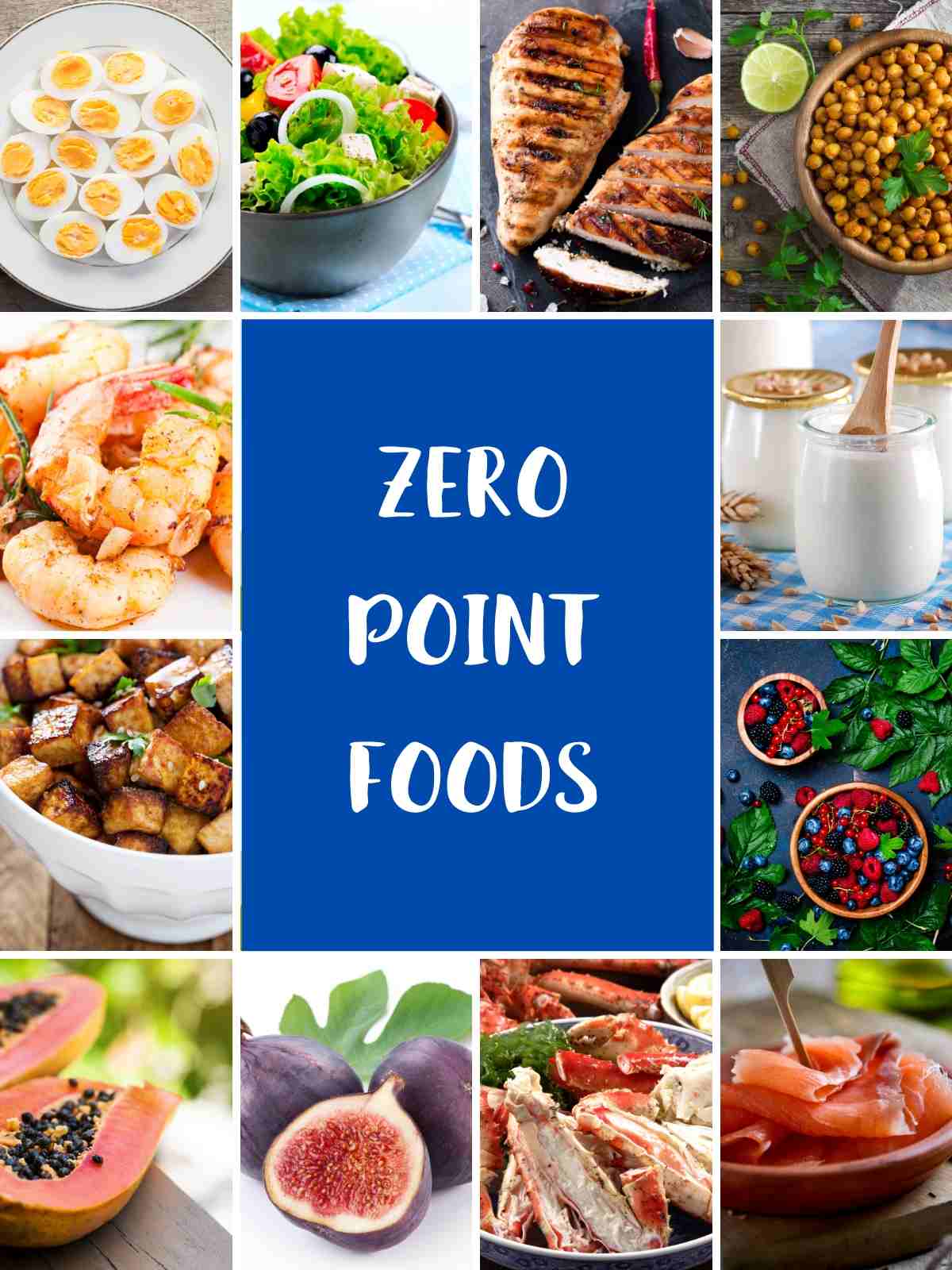
There are over 200 foods that are classed as Zero Points on the Blue plan. A printable list can be found on the WW website here.
It is important to bear in mind that just because a food is zero SmartPoints, that doesn't mean that they can be eaten in excess.
Eating too much of these foods is not going to help with your weight loss.
However, saying that, zero SmartPoints foods are really useful to bulk out your daily SmartPoints.
- FRUITS
All fresh fruits including apples, apricots, bananas, strawberries, blackberries, pears, melon, cherries, blueberries, grapefruit, orange, kiwi, mangoes, peaches, plums & pomegranates.
Dried fruits such as dried apricots, figs, raisins & banana chips are NOT zero points. Make sure to work out the SmartPoints of dried fruits before eating.
Canned fruit and canned fruit cocktail are zero SmartPoints as long as they are unsweetened and come in their own juice (not syrup).
Frozen berries are zero SmartPoints - as long as they do not include added sugars
If you use fruit in smoothies you need to point these.
Unsweetened applesauce is zero points.
- VEGETABLES
Most non starchy vegetables are zero SmartPoints on the Blue plan. These include, squash, beets, broccoli, cabbage, carrots, cauliflower, eggplant, leeks, turnips, tomatoes & zucchini.
Some starchy vegetables such as corn, parsnips and split peas are zero SmartPoints.
However, potatoes, sweet potatoes and yams are NOT zero SmartPoints on the Blue plan.
Canned vegetables are also zero SmartPoints as long as they do not include added ingredients.
Pickled vegetables are zero SmartPoints.
Frozen vegetables, including frozen stir fry vegetables are zero SmartPoints as long as they don't include sauce or added oil, seasonings etc.
- BEANS & LEGUMES
Beans such as black beans, edamame, kidney beans, pinto beans, navy beans, chickpeas & fava beans,
Fat free, canned refried beans
- EGGS
Eggs (including duck eggs)
Egg substitutes - DAIRY
Non fat, plain Greek yogurt
Non fat, plain yogurt
Plain soy yogurt
Plain non fat or 1% fat Quark
- FISH & SHELLFISH
Fish including Anchovies (in water not oil), carp, catfish, flounder, herring, salmon (including smoked salmon), snapper, tuna (fresh and canned tuna in water not oil)
Shellfish including abalone, crab, lobster, oysters & scallops.
- CHICKEN & TURKEY
Skinless chicken breast / skinless turkey breast
Ground (minced) chicken breast (not ground chicken thigh)
Ground (minced) turkey - if it is marked 98% fat free - TOFU & TEMPEH
Tofu, including firm, silken and smoked.
Tempeh
What is the difference between the Blue, Purple & Green plans?
As I mentioned before, I think of the Blue plan as the 'middle' plan. You get a moderate amount of SmartPoints to use on a daily basis and an extensive list of foods that are zero SmartPoints.
The Green plan gives you more SmartPoints to use throughout the day but there is a smaller list of zero point foods that you can choose from. You can read a little more about it in this post - The Weight Watchers Green Plan.
The Purple plan gives you the least amount of SmartPoints to use throughout the day but you can enjoy a larger amount of zero point foods including potatoes, brown rice and wholewheat pasta. You can read a little more about it in this post - The Weight Watchers Purple Plan.
So, is the Blue plan the best myWW plan?
I love the blue plan!
For me it is the plan that gives the best of both worlds.
I have enough daily SmartPoints to use on the foods that I love but it also gives me a good list of zero SmartPoint foods to choose from.
I also, personally, feel that it keeps me on the straight & narrow. When I tried the Purple plan I struggled with portion control especially when it came to rice & pasta!
I moved back to blue!
Other people rave about the Green & Purple plans, so it really is down to personal choice.
How much weight should I expect to lose?
Not surprisingly, this is one of the first questions that people ask when starting on their WW journeys!
And not surprisingly, WW can't give a definitive answer.
However, many people find that they lose a few kilos in the first week of starting the WW plan.
This may be due to a complete change in someones diet (and losing water). It also depends on a persons starting weight - people with more weight to lose may see a bigger change on the scales in the first few weeks of the plan compared to someone who has joined WW just to lose a few kilos.
Once settled into the plan, I've always been told to expect a loss of between 0.5 kilo to 1 kilo a week (one to two pounds).
Exercise, mindset & the Blue plan
The new WW has shifted away from just focusing on weight loss. It now looks at overall health and wellbeing.
The myWW plan encourages regular activity and when you sign up for WW you will learn all about FitPoints and how these can help in your WW journey.
Mindset is also extremely important & signing up to WW gives you lots of advice on shifting towards a better mindset around food.
Lastly ....
Whichever myWW plan that you chose, I wish you the best of luck.
Enjoy all the changes that joining WW brings not only to the number on the scales but also to your overall health and wellbeing.
Weight Watchers Blue Zero Point Foods
Source: https://pointedkitchen.com/the-weight-watchers-blue-plan/

0 komentar:
Posting Komentar